Correlation between Changes in Local Earth’s Magnetic Field and Cases of Acute Myocardial Infarction
Abstract
:1. Introduction
1.1. Cell Regulation
1.2. Regulation of Cardiovascular System
1.3. Geomagnetic Field and Melatonin
2. Materials and Methods
2.1. Participants
2.2. Magnetometer Data
2.3. Spectral Analysis of the Magnetometer Data
2.4. Statistical Analysis
3. Results
4. Study Limitations
5. Discussion
6. Conclusions
- Both male and female cases of MI are related to seasonal changes of local geomagnetic field.
- In the first and second half of the year, correlations vary in all studied patient groups.
- In the younger males group and in the elderly males group, correlations varied between cases of MI and geomagnetic field activity.
- Lower number of myocardial infarction cases has negative correlation with the changes in local geomagnetic field (SDelta, STheta, SAlpha, SBeta frequency ranges).
- The changes in the local geomagnetic field high frequency (SGamma) range are correlated with a higher number of myocardial infarction cases.
Acknowledgments
Author Contributions
Conflicts of Interest
References
- Liboff, A.R. A role for the geomagnetic field in cell regulation. Electromagn. Biol. Med. 2010, 29, 105–112. [Google Scholar] [CrossRef] [PubMed]
- Alabdulgader, A.; McCraty, R.; Atkinson, M.; Vainoras, A.; Berškienė, K.; Mauricienė, V.; Daunoravičienė, A.; Navickas, Z.; Šmidtaitė, R.; Landauskas, M. Human heart rhythm sensitivity to earth local magnetic field fluctuations. J. Vibroeng. 2015, 17, 3271–3278. [Google Scholar]
- Gaetani, R.; Ledda, M.; Barile, L.; Chimenti, I.; de Carlo, F.; Forte, E.; Ionta, V.; Giuliani, L.; D’Emilia, E.; Frati, G. Differentiation of human adult cardiac stem cells exposed to extremely low-frequency electromagnetic fields. Cardiovasc. Res. 2009, 82, 411–420. [Google Scholar] [CrossRef] [PubMed]
- Gurfinkel, Y.I.; At’kov, O.Y.; Vasin, A.L.; Breus, T.K.; Sasonko, M.L.; Pishchalnikov, R.Y. Effect of zero magnetic field on cardiovascular system and microcirculation. Life Sci. Space Res. 2016, 8, 1–7. [Google Scholar] [CrossRef] [PubMed]
- Gmitrov, J.; Gmitrova, A. Geomagnetic field effect on cardiovascular regulation. Bioelectromagnetics 2004, 25, 92–101. [Google Scholar] [CrossRef] [PubMed]
- Garcia, R.; Sosner, P.; Laude, D.; Hadjadj, S.; Herpin, D.; Ragot, S. Spontaneous baroreflex sensitivity measured early after acute myocardial infarction is an independent predictor of cardiovascular mortality: Results from a 12-year follow-up study. Int. J. Cardiol. 2014, 177, 120–122. [Google Scholar] [CrossRef] [PubMed]
- Hardell, L. World Health Organization, radiofrequency radiation and health—A hard nut to crack (Review). Int. J. Oncol. 2017, 51, 405–413. [Google Scholar] [CrossRef] [PubMed]
- Huss, A.; Peters, S.; Vermeulen, R. Occupational exposure to extremely low-frequency magnetic fields and the risk of ALS: A systematic review and meta-analysis. Bioelectromagnetics 2018, 39, 156–163. [Google Scholar] [CrossRef] [PubMed]
- Pall, M.L. Microwave frequency electromagnetic fields (EMFs) produce widespread neuropsychiatric effects including depression. J. Chem. Neuroanat. 2016, 75, 43–51. [Google Scholar] [CrossRef] [PubMed]
- Schumann, W.O. Über die dämpfung der elektromagnetischen eigenschwingnugen des systems erde-luft-ionosphäre. J. Nat. Res. 1952, 7, 250–252. [Google Scholar]
- Ray, S.; Maunsell, J.H. Differences in gamma frequencies across visual cortex restrict their possible use in computation. Neuron 2010, 67, 885–896. [Google Scholar] [CrossRef] [PubMed]
- Jia, X.; Kohn, A. Gamma rhythms in the brain. PLoS Biol. 2011, 9, e1001045. [Google Scholar] [CrossRef] [PubMed]
- Weydahl, A.; Sothern, R.B.; Cornelissen, G.; Wetterberg, L. Geomagnetic activity influences the melatonin secretion at latitude 70 degrees. Biomed. Pharmacother. 2001, 55, 57s–62s. [Google Scholar] [CrossRef]
- Burch, J.B.; Reif, J.S.; Yost, M.G. Geomagnetic activity and human melatonin metabolite excretion. Neurosci. Lett. 2008, 438, 76–79. [Google Scholar] [CrossRef] [PubMed]
- Raygan, F.; Ostadmohammadi, V.; Bahmani, F.; Reiter, R.J.; Asemi, Z. Melatonin administration lowers biomarkers of oxidative stress and cardio-metabolic risk in type 2 diabetic patients with coronary heart disease: A randomized, double-blind, placebo-controlled trial. Clin. Nutr. 2017. [Google Scholar] [CrossRef] [PubMed]
- Vazan, R.; Pancza, D.; Beder, I.; Styk, J. Ischemia-reperfusion injury-antiarrhythmic effect of melatonin associated with reduced recovering of contractility. Gen. Physiol. Biophys. 2005, 24, 355–359. [Google Scholar] [PubMed]
- Zhou, H.; Zhang, Y.; Hu, S.; Shi, C.; Zhu, P.; Ma, Q.; Jin, Q.; Cao, F.; Tian, F.; Chen, Y. Melatonin protects cardiac microvasculature against ischemia/reperfusion injury via suppression of mitochondrial fission-VDAC1-HK2-mPTP-mitophagy axis. J. Pineal Res. 2017, 63. [Google Scholar] [CrossRef] [PubMed]
- Live Data—HeartMath Institute. Available online: https://www.heartmath.org/research/global-coherence/gcms-live-data/ (accessed on 1 September 2017).
- Allen, J.B. Short-Term spectral analysis, and modification by discrete Fourier transform. IEEE Trans. Acoust. Speech Signal Process. 1977, 25, 235–238. [Google Scholar] [CrossRef]
- Landauskas, M.; Vainoras, A.; Ragulskis, M. Algebraic and spectral analysis of local magnetic field intensity. Proc. Lith. Math. Soc. Ser. A 2015, 56, 54–59. [Google Scholar]
- McCraty, R.; Atkinson, M.; Stolc, V.; Alabdulgader, A.A.; Vainoras, A.; Ragulskis, M. Synchronization of human autonomic nervous system rhythms with geomagnetic activity in human subjects. Int. J. Environ. Res. Public Health 2017, 14, 770. [Google Scholar] [CrossRef] [PubMed]
- Alabdulgader, A.; McCraty, R.; Atkinson, M.; Dobyns, Y.; Vainoras, A.; Ragulskis, M.; Stolc, V. Long-Term study of heart rate variability responses to changes in the solar and geomagnetic environment. Sci. Rep. 2018, 8, 2663. [Google Scholar] [CrossRef] [PubMed]
- Timofejeva, I.; McCraty, R.; Atkinson, M.; Joffe, R.; Vainoras, A.; Alabdulgader, A.A.; Ragulskis, M. Identification of a group’s physiological synchronization with earth’s magnetic field. Int. J. Environ. Res. Public Health 2017, 14, 998. [Google Scholar] [CrossRef] [PubMed]
- Stoupel, E.; Tamoshiunas, A.; Radishauskas, R.; Bernotiene, G.; Abramson, E.; Israelevich, P. Acute myocardial infarction (AMI) (n-11026) on days of zero geomagnetic activity (GMA) and the following week: Differences at months of maximal and minimal solar activity (SA) in solar cycles 23 and 24. J. Basic Clin. Physiol. Pharmacol. 2012, 23, 5–9. [Google Scholar] [CrossRef] [PubMed]
- Stoupel, E. Atherothrombosis: Environmental links. J. Basic Clin. Physiol. Pharmacol. 2008, 19, 37–47. [Google Scholar] [CrossRef] [PubMed]
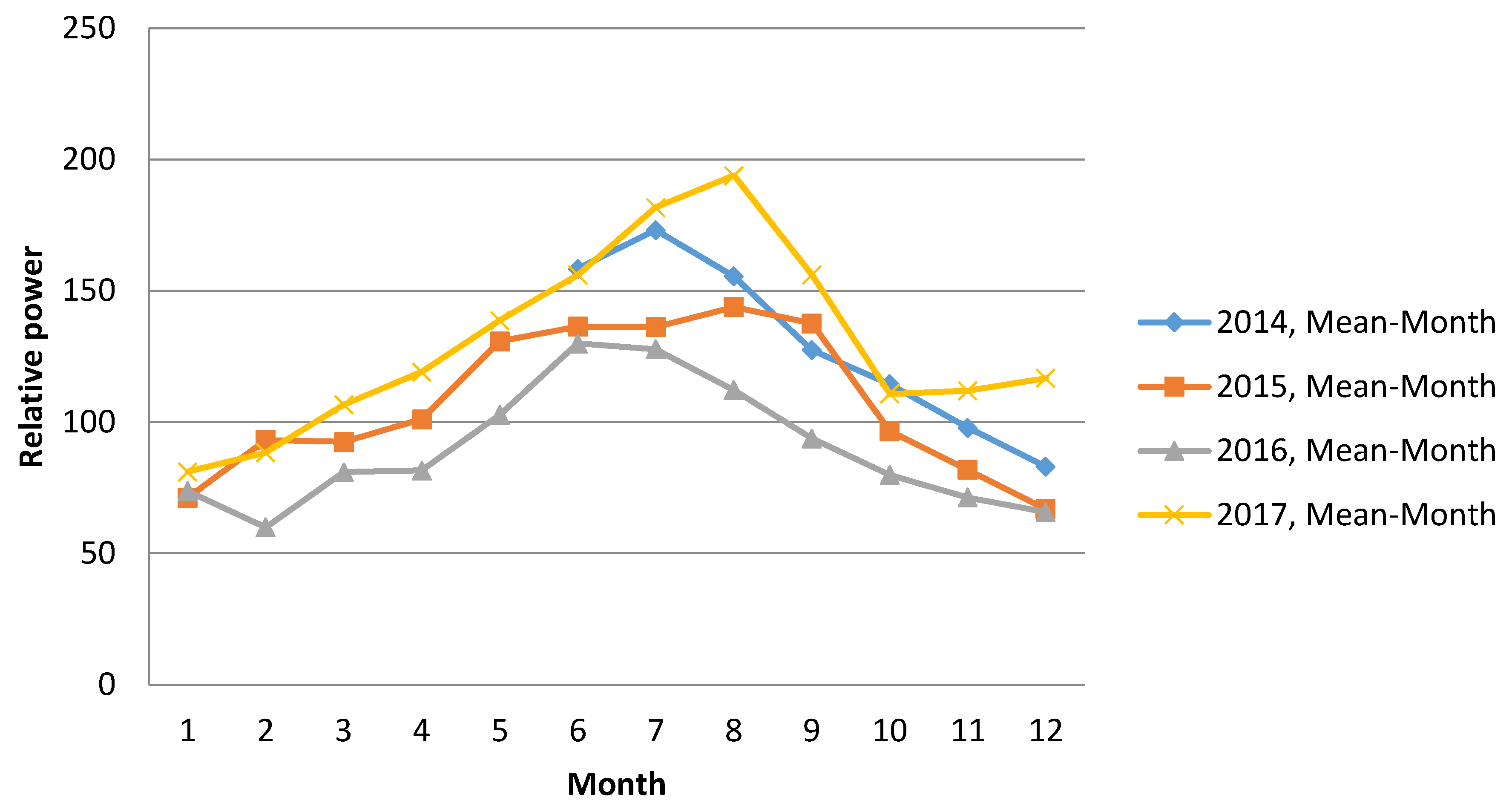
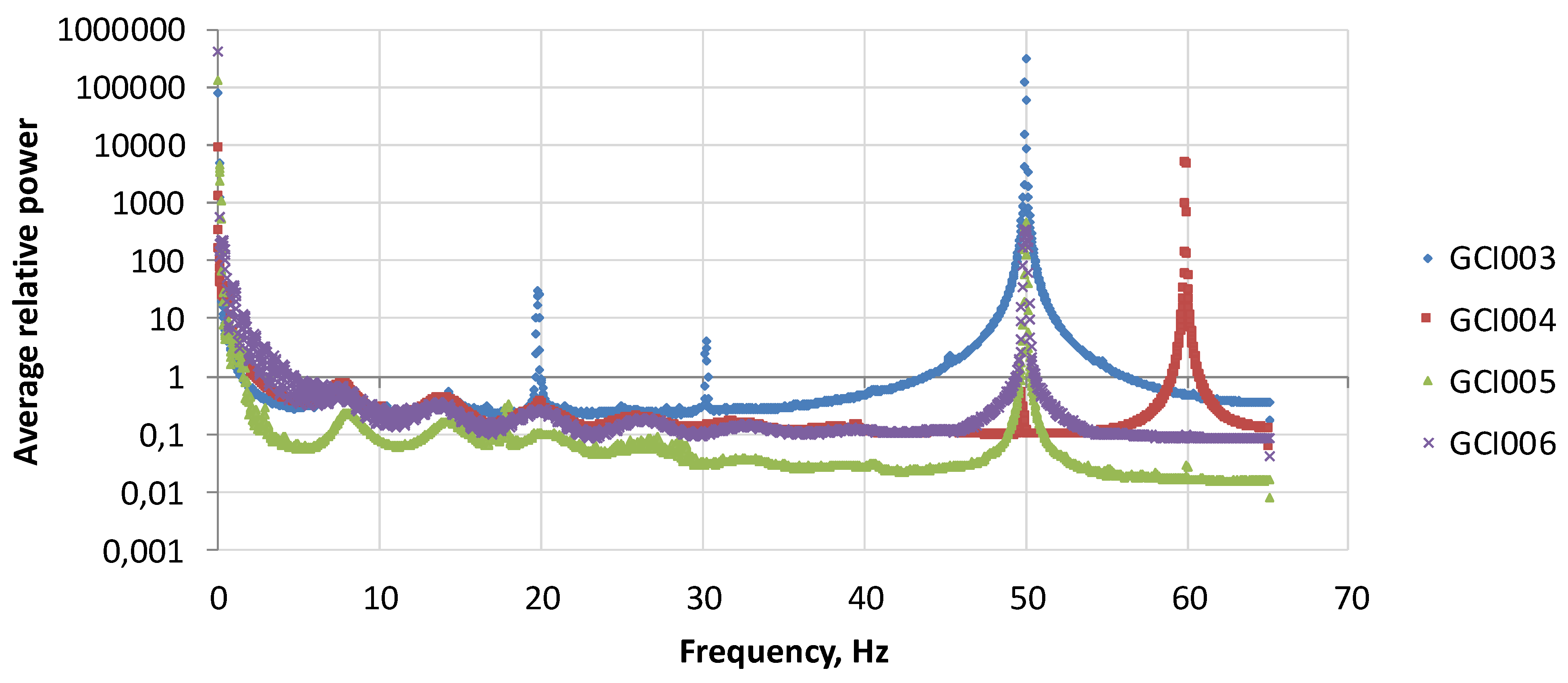
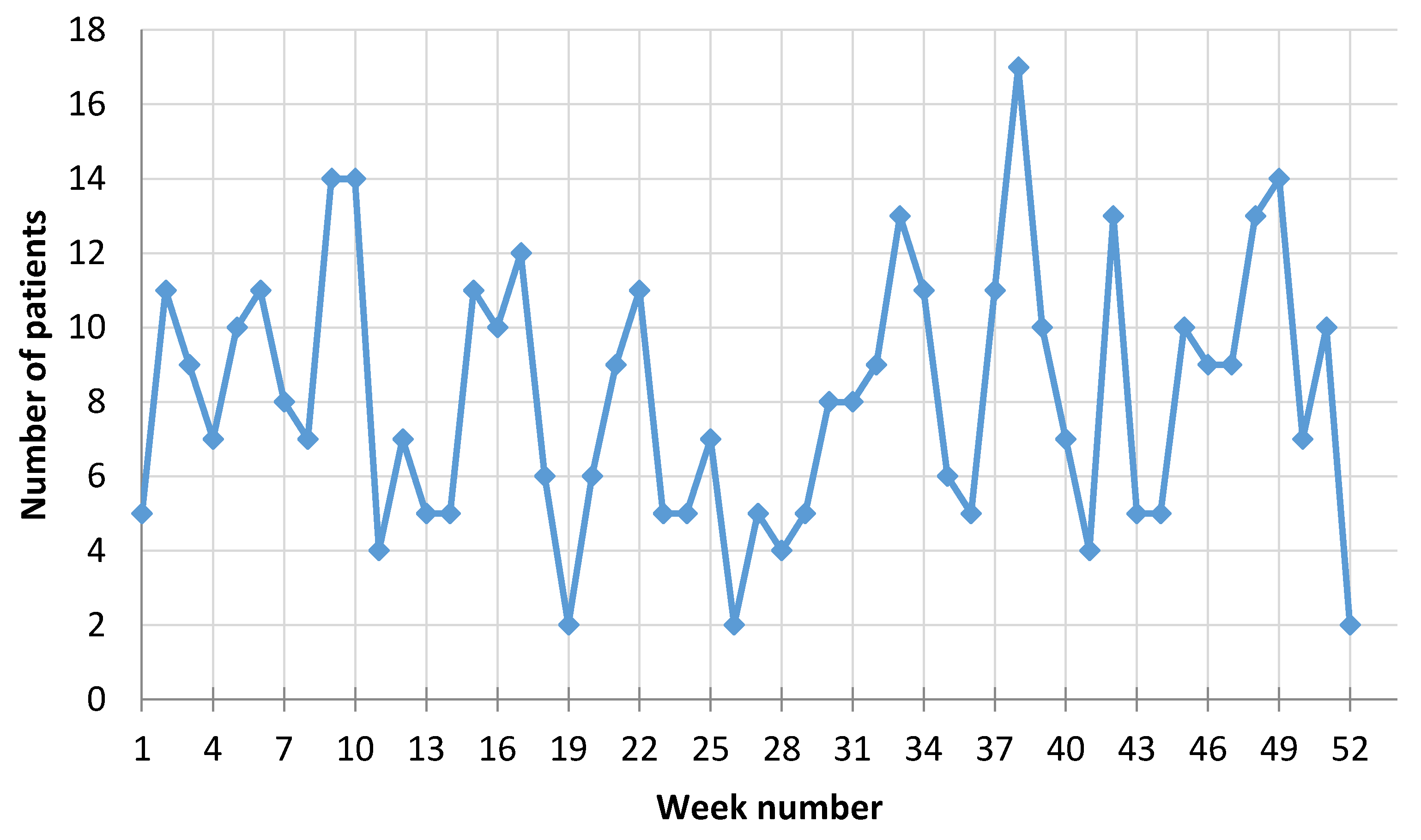
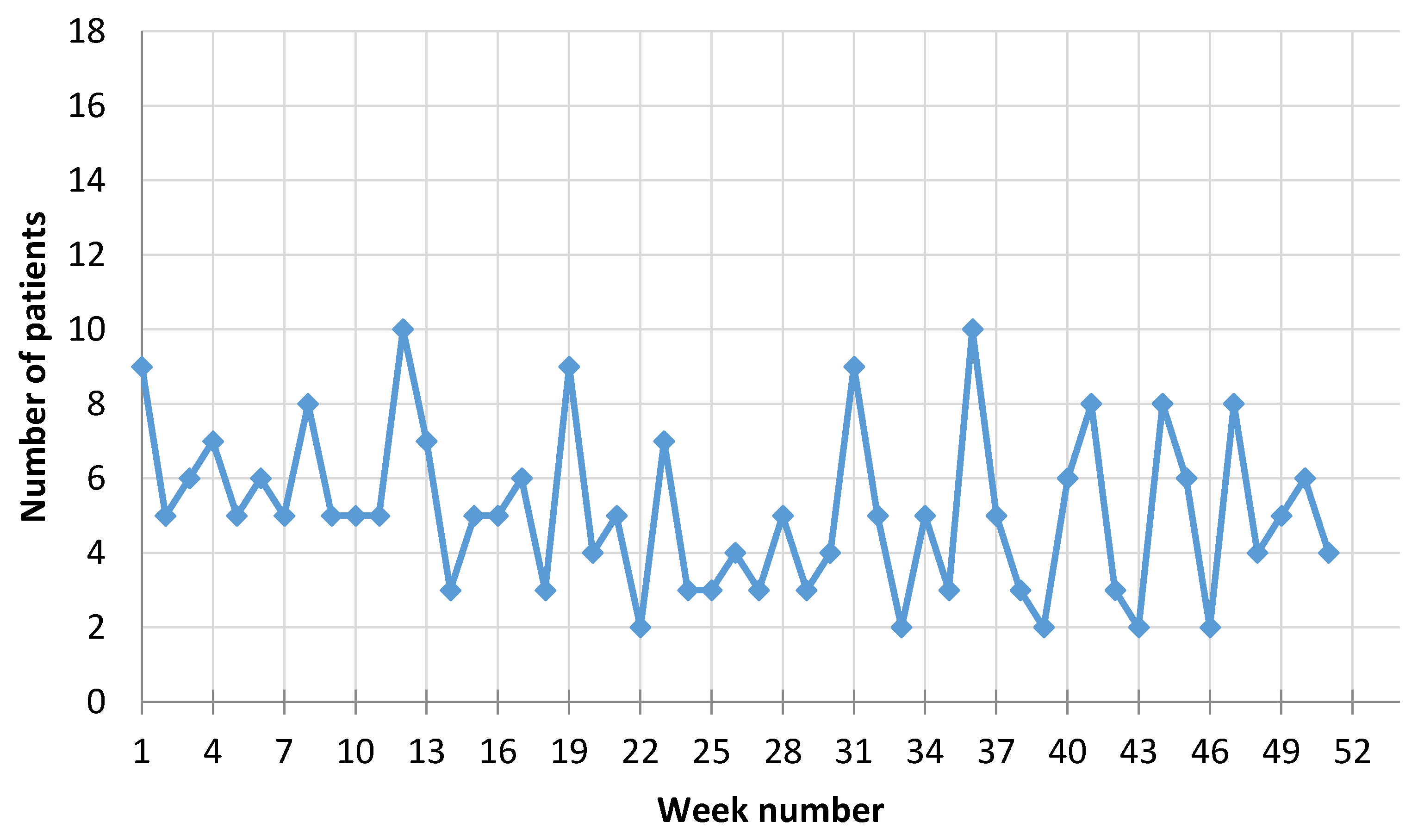
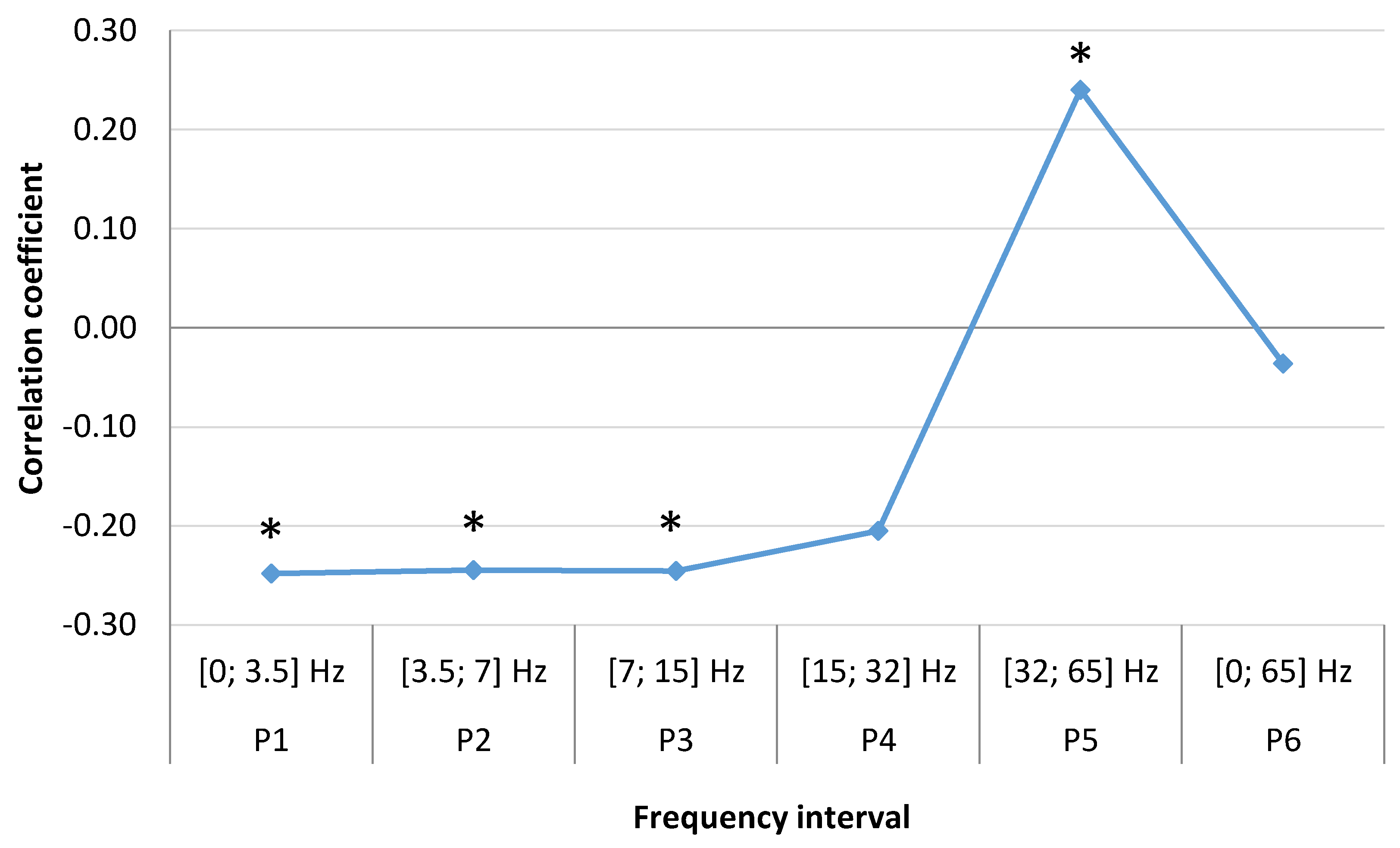
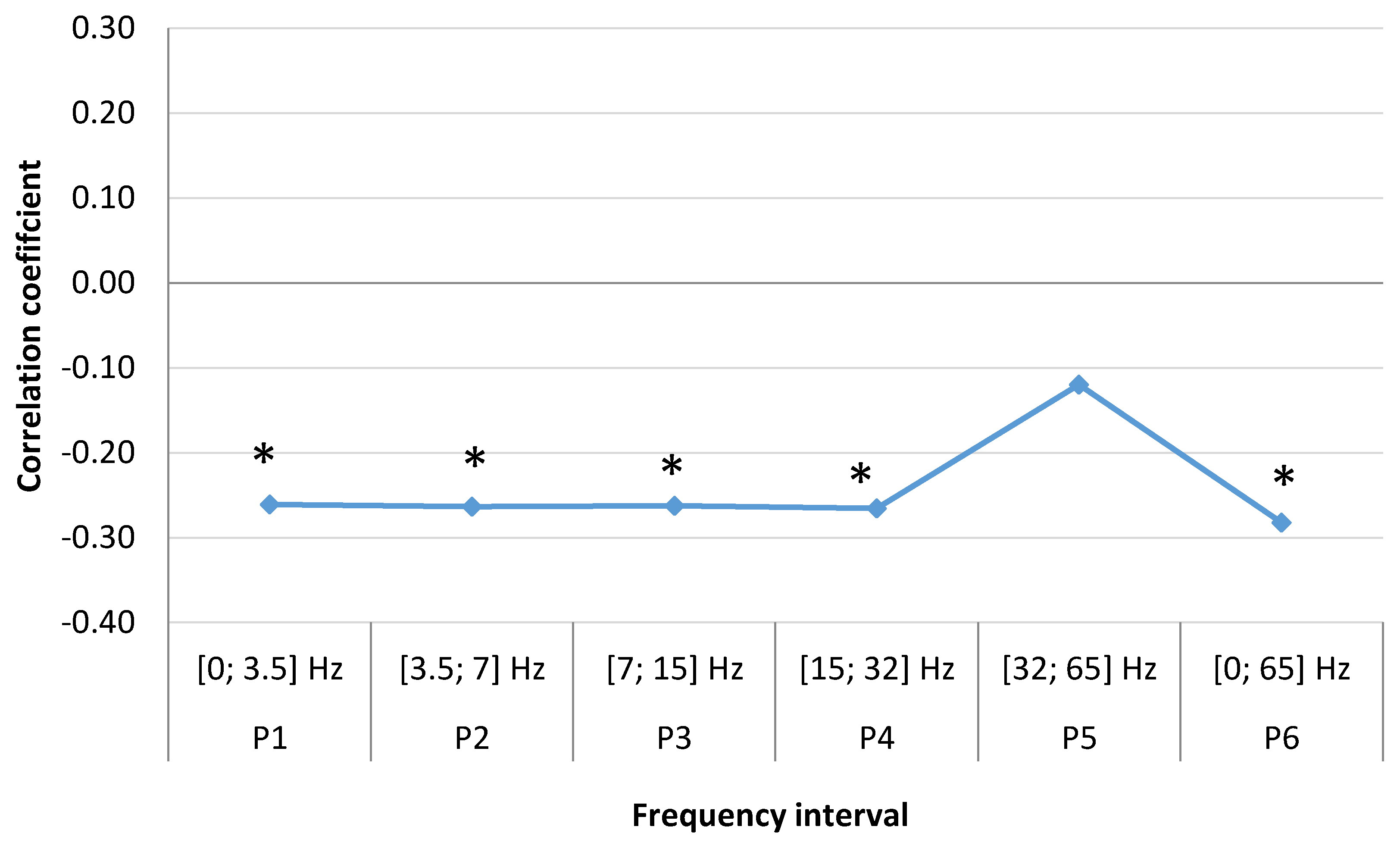
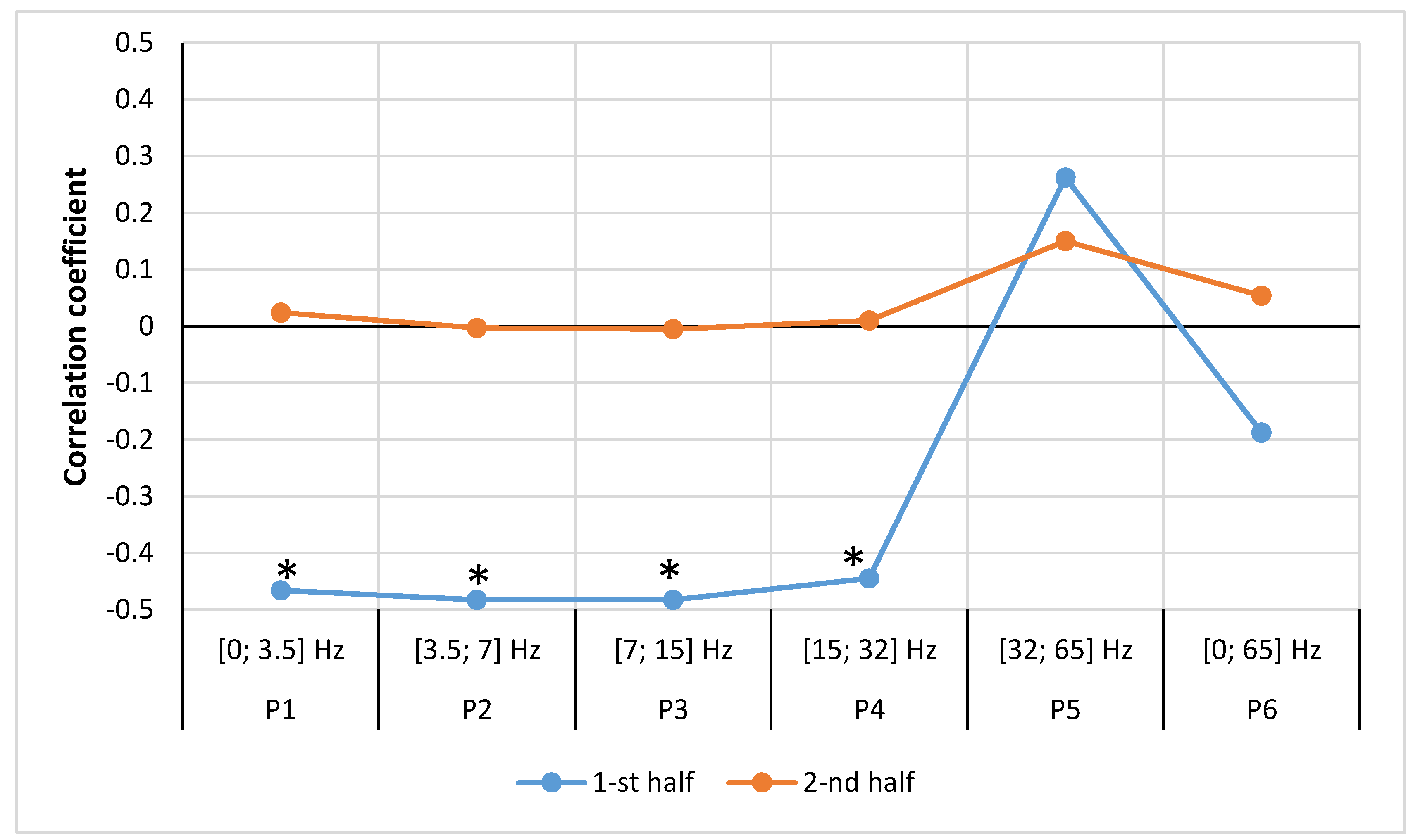
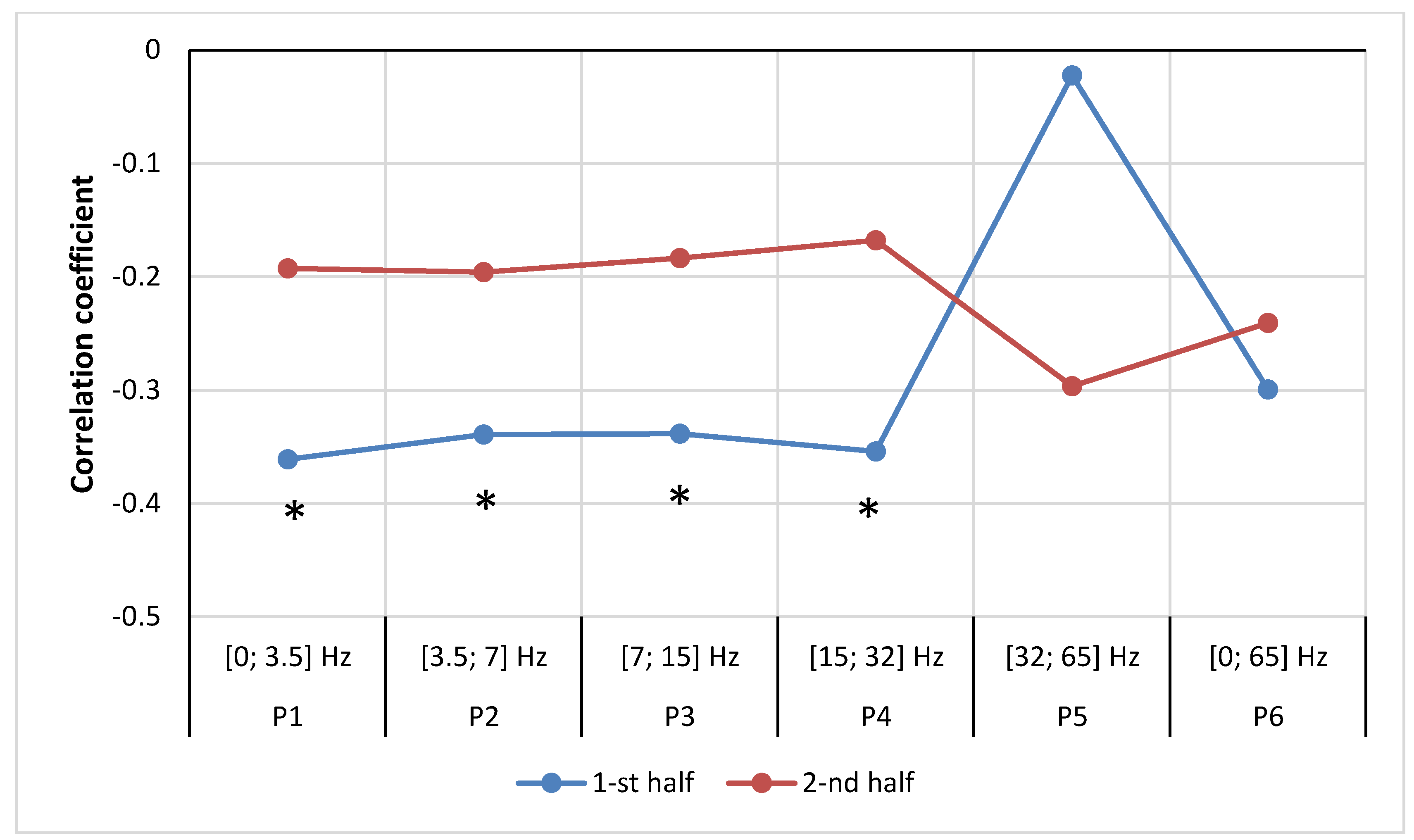

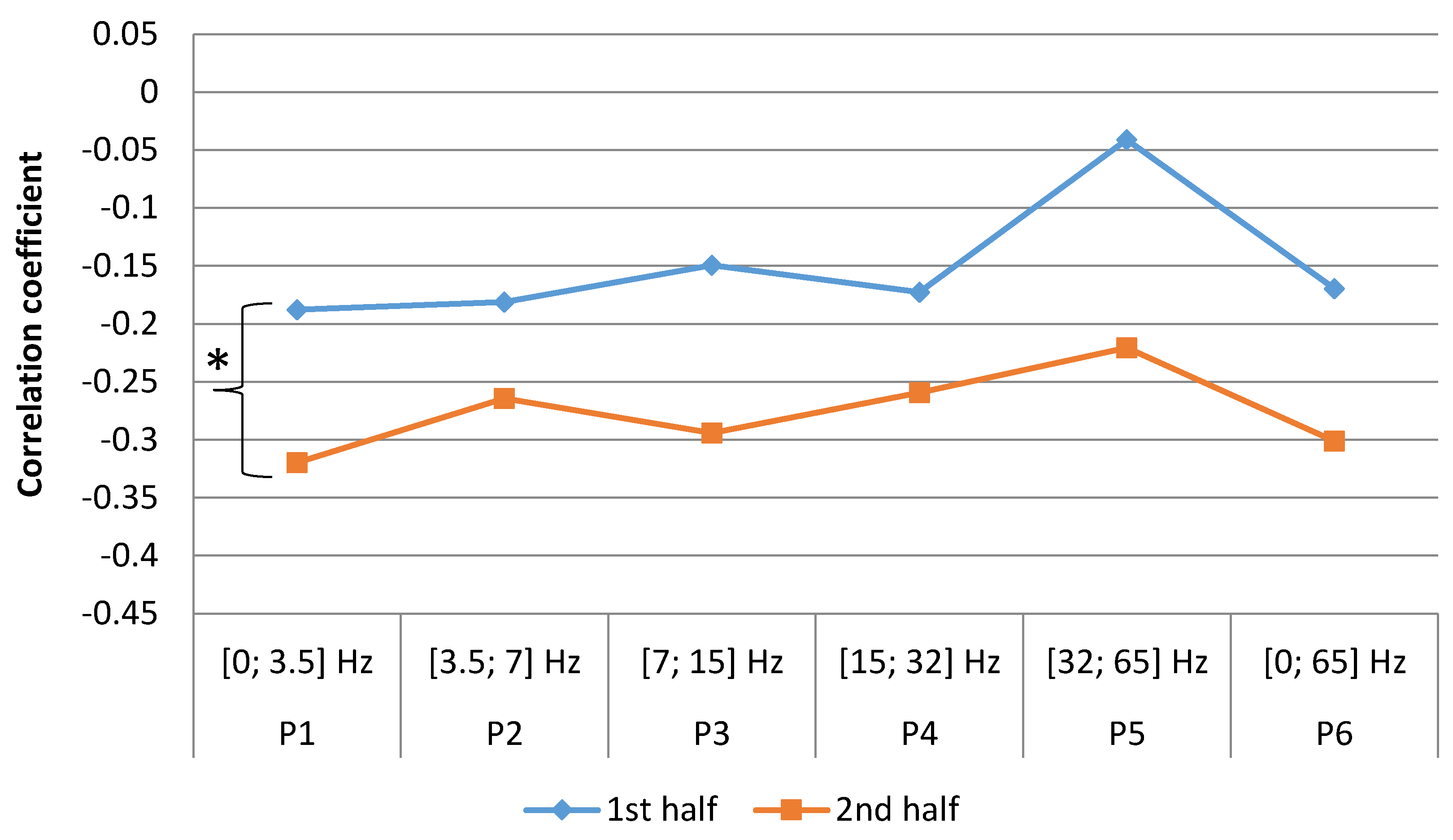
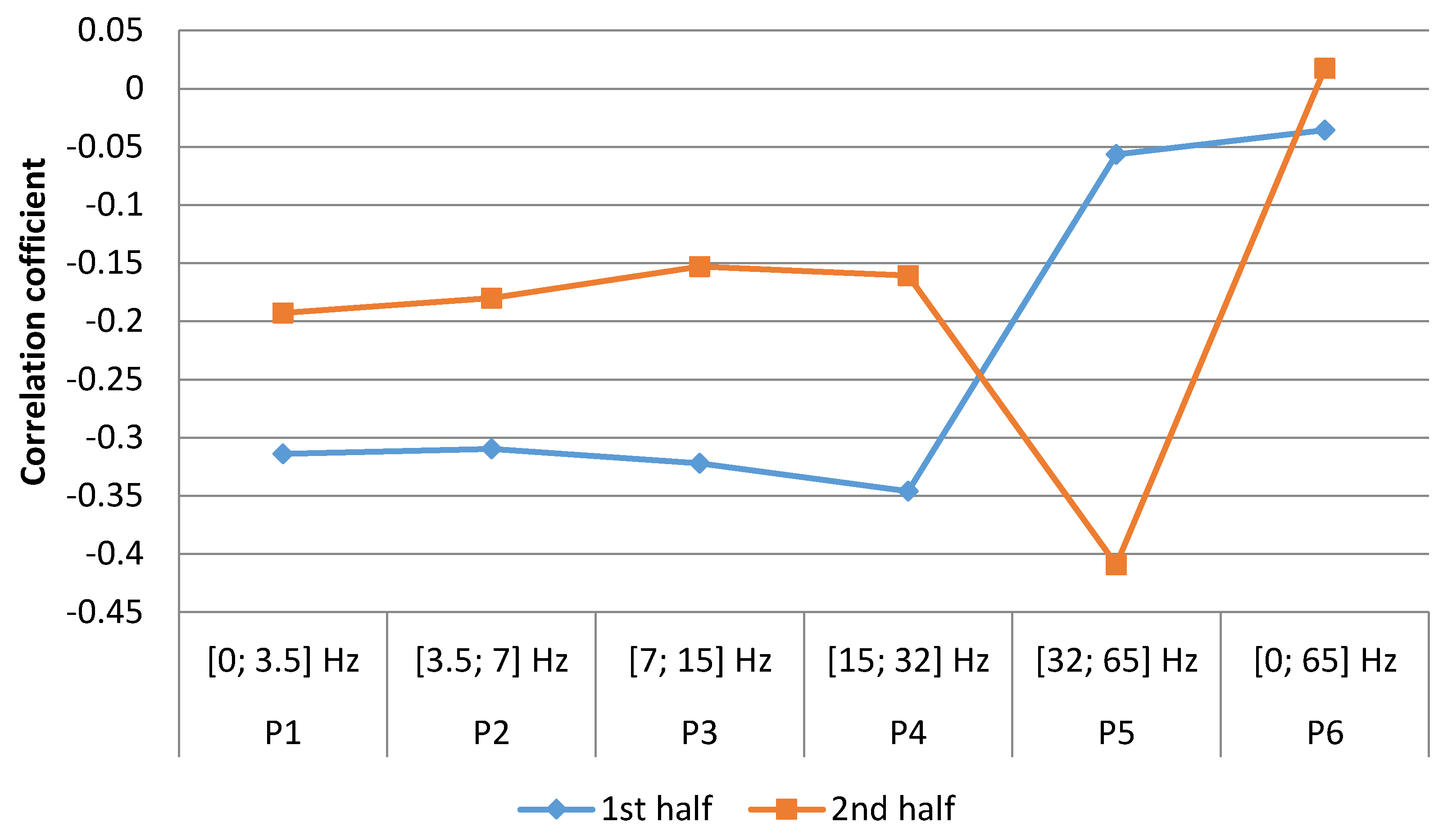
© 2018 by the authors. Licensee MDPI, Basel, Switzerland. This article is an open access article distributed under the terms and conditions of the Creative Commons Attribution (CC BY) license (http://creativecommons.org/licenses/by/4.0/).
Share and Cite
Jaruševičius, G.; Rugelis, T.; McCraty, R.; Landauskas, M.; Berškienė, K.; Vainoras, A. Correlation between Changes in Local Earth’s Magnetic Field and Cases of Acute Myocardial Infarction. Int. J. Environ. Res. Public Health 2018, 15, 399. https://doi.org/10.3390/ijerph15030399
Jaruševičius G, Rugelis T, McCraty R, Landauskas M, Berškienė K, Vainoras A. Correlation between Changes in Local Earth’s Magnetic Field and Cases of Acute Myocardial Infarction. International Journal of Environmental Research and Public Health. 2018; 15(3):399. https://doi.org/10.3390/ijerph15030399
Chicago/Turabian StyleJaruševičius, Gediminas, Tautvydas Rugelis, Rollin McCraty, Mantas Landauskas, Kristina Berškienė, and Alfonsas Vainoras. 2018. "Correlation between Changes in Local Earth’s Magnetic Field and Cases of Acute Myocardial Infarction" International Journal of Environmental Research and Public Health 15, no. 3: 399. https://doi.org/10.3390/ijerph15030399




